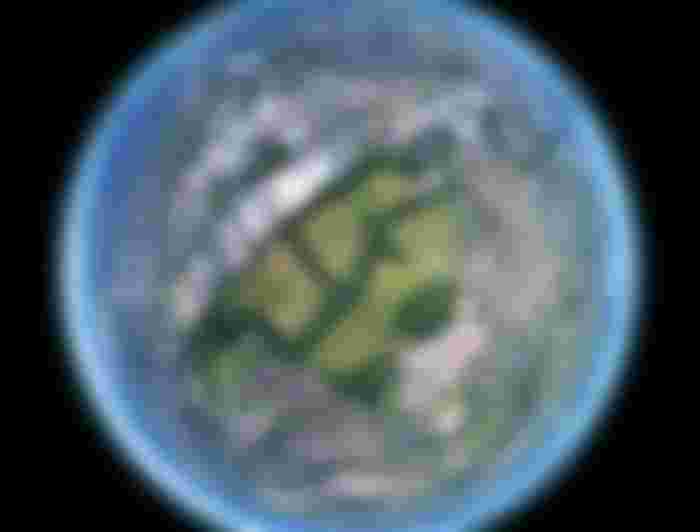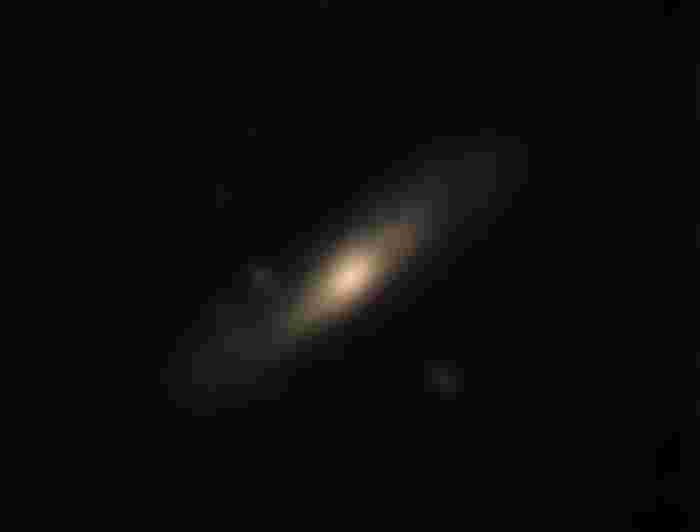The search for life beyond Earth is one of the most exciting parts of space exploration. We, as humans, are curious by nature, and the search for life has given us the opportunity to understand ourselves, the Earth, and the universe as a whole.

Introducing the search for life beyond Earth

The search for alien life has been underway for more than half a century. In August 1961, the Mariner 2 spacecraft reached the red planet and snapped a photograph that looked like a giant Venusian nostril.
A few weeks later, Mariner 3 arrived and released a beak of Martian dust. Over the years, astronomers detected periodic radio pulses emanating from Mars. So many that some scientists think the martian planet might be sending an SOS.

In 1976, NASA launched the Viking program. The twin landers bounced across the Martian surface, trundling downhill until they reached the landing site and returned soil samples to be analyzed on Earth. One instrument on each lander found evidence of ice, while the other measured subtle variations in the amount of water molecules in the Martian atmosphere.

In 2012, NASA announced results from the KELT-South and KELT-North telescopes. The Chilean observatory Atacama Large Millimeter Array (ALMA), as well as the European Southern Observatory’s Very Large Telescope (VLT) in Chile.
Scientists from these observatories detected signatures of a super-Earth orbiting a star 16 light-years away that is similar to our sun. This discovery marks the first such detection of a rocky planet larger than Earth in its star’s habitable zone, which is the region around a star in which liquid water could exist on the planet's surface.

We still know very little about the potential habitability of such a world – we only know it orbits its star at a distance that doesn’t destroy the planet’s life-supporting atmosphere in the sun’s light.
What are the chances of finding life beyond Earth?

One answer to this question is the percentage of planets with life: one in 10 stars in the Milky Way galaxy. But a new report, published on October 19, 2019 in the scientific journal, Astrobiology, says that percentage may be wrong.
"That percentage is the most frequently cited answer to the question 'Where is everybody?' " said Ball, J. A., assistant professor at the University of Oxford, and lead author of the Astrobiology paper.

In fact, Ball, J. A. and his colleagues from the University of Oxford's Astrophysics Research Institute (ARI) have found that if planets orbiting the stars we are familiar with exist, the most likely place to find extraterrestrial life is not on Earth or Venus (where there is plenty of it) but is inside a habitable zone – the range of distances that would allow liquid water to exist on a planet's surface.
"The habitable zone in our solar system is the area where the rocky planets – the ones we can touch – are located," Ball, J. A. said. "The habitable zone is the region where you can find water, and that is a key ingredient for life."
He explained: "But it is much more complicated than that because the habitable zone is actually a range of distances rather than a specific location. In our own solar system, for example, the habitable zone is closer to our star than Mercury is to the sun. Earth is in the middle of that range. That's because our star is so much more massive and so hot that it is much closer to it than Mercury is to the sun."
"Even a planet that is a million or two million kilometres from its sun, the range of distances is wide enough that it would have a relatively stable atmosphere with relatively long-lived cloud cover."
In addition, the study showed that a habitable zone depends on the star's age.
"It's not as simple as [a star] being young and hot and young and cool and hot," Ball, J. A. said. "The habitable zone really changes with a star's age and how massive it is."
What Will that mean if we find life beyond earth

It could be that we have company. We could be able to send a message, maybe even a way to say hello. There could be worlds out there, waiting to talk to us, if we only reach out. It could be, like NASA director Jim Bridenstine says, that we could build a "multiconfessional club" out there in space.
What We Hope To Find Out

We have telescopes, and I suspect we'll find traces of other life on the solar system's tiny moons in the coming decades. In 2022, the Voyagers will enter interstellar space, taking thousands of images of worlds that may be billions of years old. But what if the telescopes are wrong? What if we’re alone, and the solar system is empty.
The Solar System Will Bring Us One Step Closer

Scientists are already searching for biomarkers – naturally occurring substances such as amino acids, oxygen, and sugars that could serve as life's hallmarks. These biomarkers are predicted to be rare throughout the Milky Way galaxy, but they could be abundant in the nearest stars.
My Verdict

If we're going to do this, we have to learn how it all works, and we have to evolve a practical plan to get there. But once we do, we can't come back. What I'm saying here is don't get too excited about the promise of spaceflight, because space travel is hard.

Your best option is to think of spaceflight as one big marathon, and if you need some help keeping your enthusiasm up, just remember: Even though you'll never feel weightlessness, you'll still be going farther in space than you could even imagine. That's worth cheering about.
Cheers!!! Thanks for Reading..












[Removed comment]